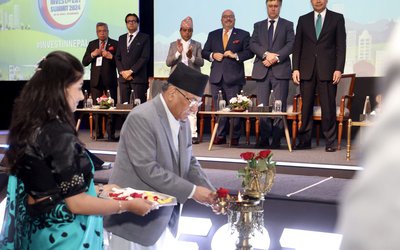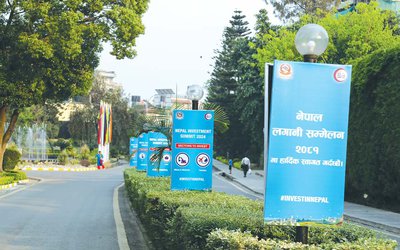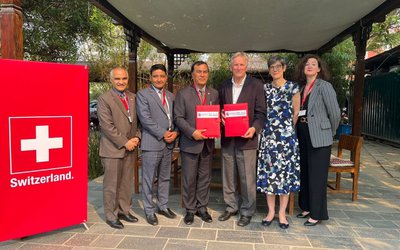Twenty –five year old Ram Devi Shakya presented to a hospital in Nepal with high fever, conjunctivitis, muscle pain, and breathing problems for a week. She was treated for typhoid fever, but she did not improve. Meningitis was considered, but this was ruled out with appropriate tests. Her condition continued to deteriorate, and her husband agreed to pay for her blood sample to be shipped to Mumbai for further tests to determine the cause of her illness. The doctors continued with three new antibiotics, but to no avail. She died on the tenth day of hospitalization. The diagnostic report from Mumbai came back later with the diagnosis of Leptospirosis.
Leptospirosis comes from Greek and means finely coiled organisms ( spirochetes). In a study done at Patan Hospital and published in the American Journal of Tropical Medicine and Hygiene in 2004, leptospirosis ranked fourth ( after typhoid, typhus and pneumococcal pneumonia ) as the cause of fever in over 800 consecutively admitted hospital patients. And yet for some reason this disease is underemphasized in medical colleges and residency programs.Many doctors in Nepal and India fail to consider leptospirosis in the differential diagnosis of fever.
Leptospires are organisms which persist in the kidneysof a variety of animal reservoirs. The most notorious animal is the rat, and humans may be infected with rat urine. Exposure to rat urine ( for example from puddles of water on the roadside) through an abrasion on the skin followed by flulike illness approximately 1 week later is typical of leptospirosis. Many of these patients with mild disease will have resolution of their symptoms. However some like Ram Devi Shakya may have severe leptospirosis, also known as Weil’s Disease which is characterized by respiratory and renal complications. Diagnosis is usually established by finding eitherhigh serum antibodies against leptospiraor polychromase chain reaction ( PCR) test to look for leptospira DNA. Obviously both these tests are not readily available in Nepal.
Arguably, the drug of first choice for this patient with leptospirosis would have been the humble penicillin which is seldom used in Nepali hospitals. Hence the importance of knowing what are the specific fever- causing bugs in our community ( for example, as listed in the journal article discussed above) with which Nepalismay be infected and empirically treating with appropriate antibiotics based on that knowledge even when laboratory back up is pending ( specimen sent abroad in this case) or unavailable.
Finally the most important hurdle is that many health care professionals are not aware about this organism causing relentless fever. We need to be able to educate our doctors and also our public health personnel about the existence of this treatable disease. It is important to have the public health people aboard because with rainwater and floodwater especially in the summer time in many parts of Nepal, this disease certainly needs to be considered in any epidemic of fever in our country. Many times we hear about mysterious fever outbreaks; leptospirosis may well be the cause of this fever. Most of us health care professionals know about typhoid and tuberculosis as important causes of fever but fail to include this potentially important cause of fever. It is paramount we do this because the drug of choice is different for leptospirosis as compared to treatment of typhoid or tuberculosis and we need to do our best to give the best drug therapy for a particular disease.
- QATAR AMIR’S STATE VISIT: Five Agreements
- Apr 28, 2024
- TANAHU HYDROPOWER PROEJCT: A Significant Achievement
- Apr 15, 2024
- AMBASSADOR HANAN GODAR: Sharing Pain With A Nepali Family
- Mar 30, 2024
- VISIT OF KfW AND EIB TO NEPAL : Mission Matters
- Mar 25, 2024
- NEPAL BRITAIN SOCIETY: Pratima Pande's Leadership
- Mar 24, 2024
















